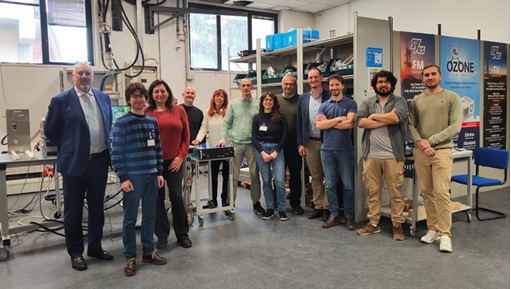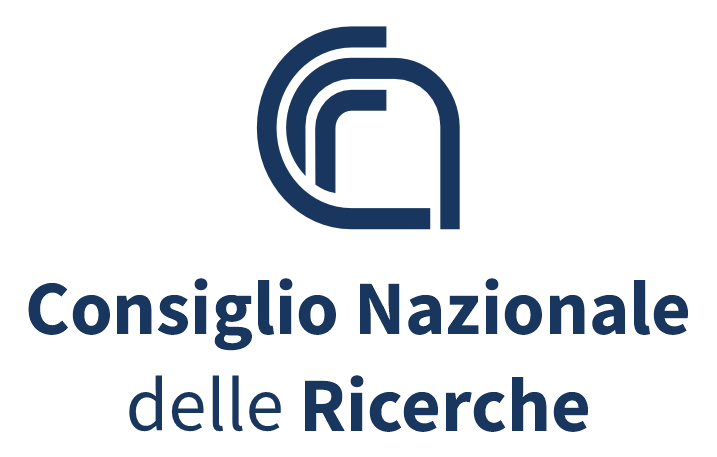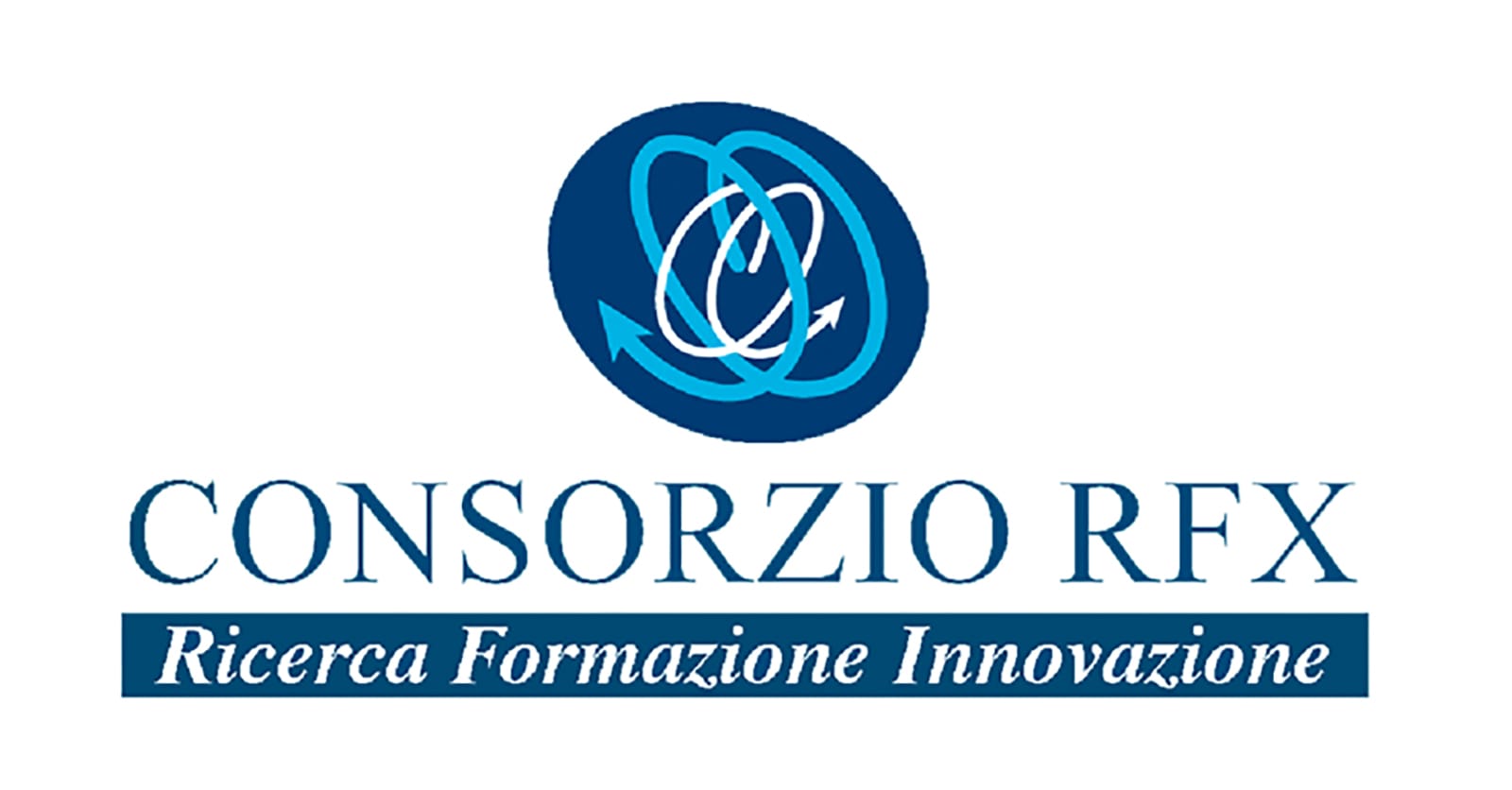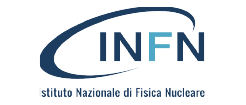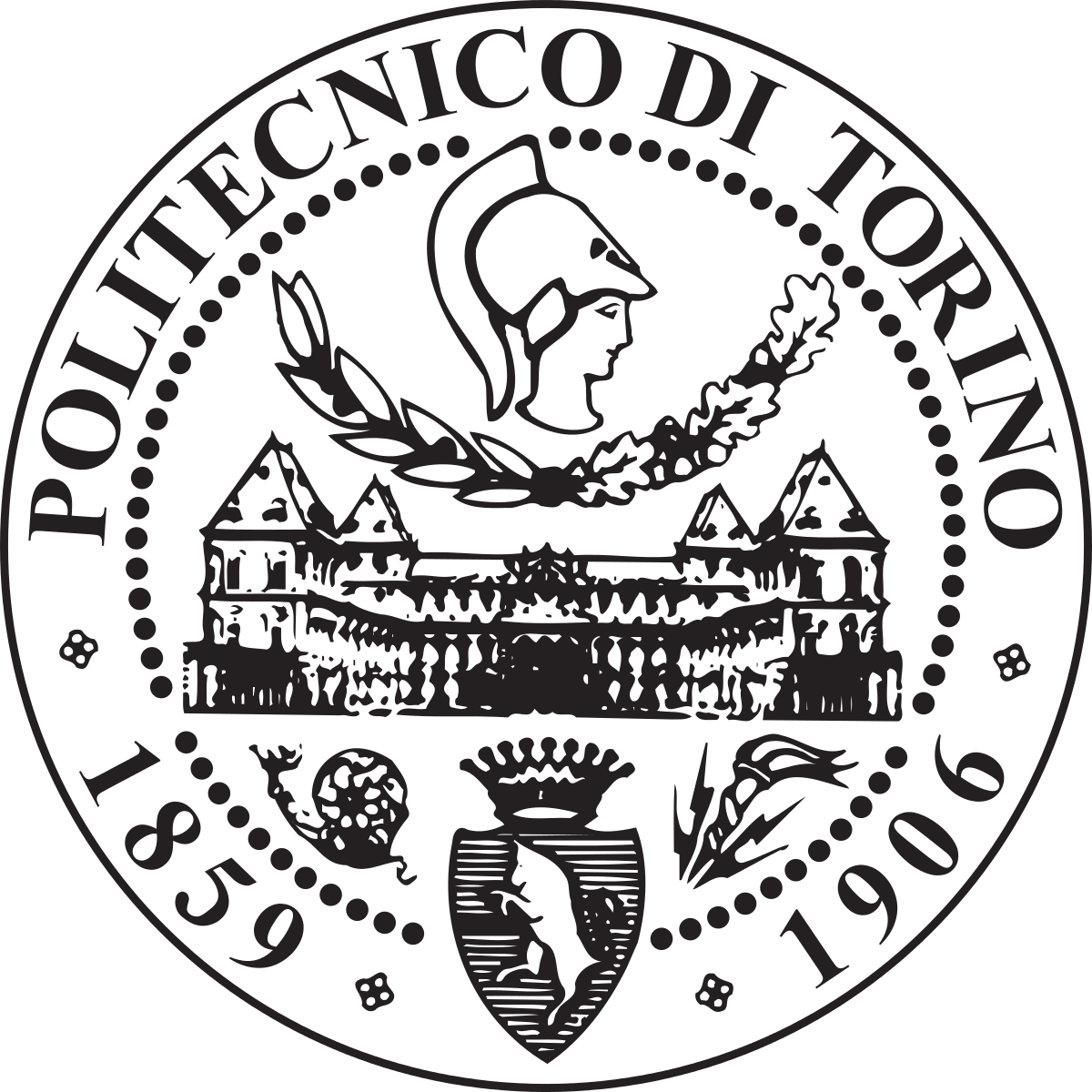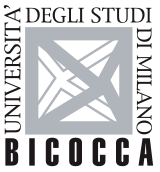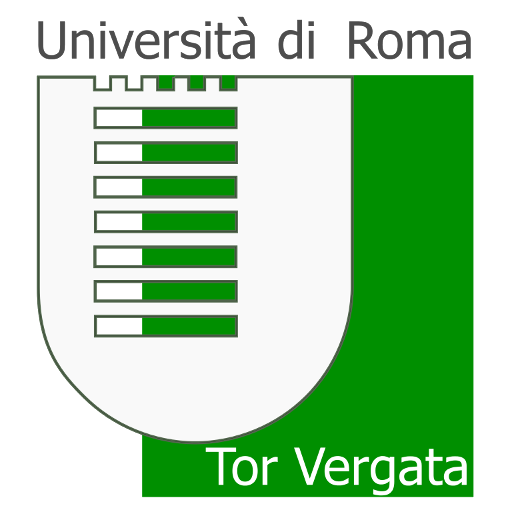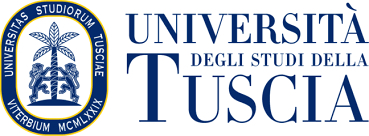Prototype of RF Module for Ion Cyclotron Heating Generators Successfully Tested
A significant milestone has been achieved for the Divertor Tokamak Test (DTT): the prototype of the RF (radiofrequency) module for the Ion Cyclotron Resonance Heating (ICRH) generators has successfully passed all tests, confirming the soundness of the technological choices for one of the most crucial systems of the fusion experiment.
The ICRH system plays a key role: it is designed to heat the plasma—the hot, ionized gas that serves as the fuel for nuclear fusion—up to extremely high temperatures, about ten times hotter than the core of the Sun.
This is made possible by high-power radio waves, emitted at carefully tuned frequencies, that transfer energy directly to the ions in the plasma, making them move faster and faster until the right conditions for fusion are achieved.
For the first time in a fusion research facility, the power generators for this system will be fully based on solid-state technology, eliminating the need for vacuum tubes.
Each transmitter will consist of multiple RF modules: compact, 11 kW liquid-cooled amplifiers, inspired by FM radio broadcasting architectures but optimized to operate in the 60–90 MHz range, which matches the ion cyclotron resonance conditions in DTT plasmas.
The full generator will reach a peak power of 1.2 MW by combining 128 of these modules.
The procurement of the first two generators was awarded last year to a consortium of two specialized Italian companies: Energy Technology Srl (OCEM) and System Engineering Solutions Srl (SyES). SyES was responsible for the design, construction, and qualification of the RF modules.
The prototype successfully passed all performance and functionality tests at SyES’s facility in Lissone (near Milan), marking a key milestone in the development of the DTT heating system.
Team participating in the tests. The RF module is the box with a black front panel in the middle of the photo.
